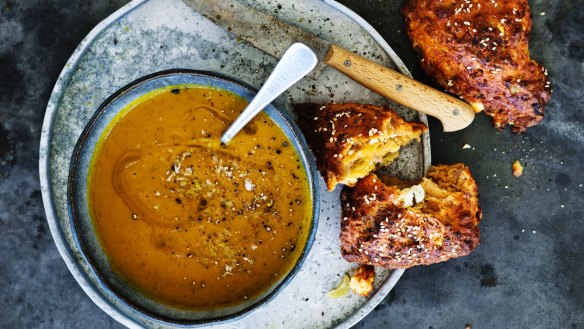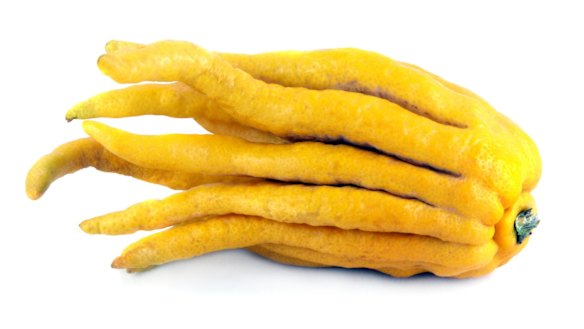The secret to making a better soup

- 20 essential soups to get you through the long winter ahead
- Dan Lepard's garlic, sweet potato and chickpea soup
How do I make tastier soup? Mine often tend to taste the same. M. Hoang
Start with your pot. I implore anyone who cooks to invest in a high-quality stockpot with a substantial metal base (stainless steel sandwiching an aluminium core), which distributes the heat evenly. Look for a lidded pot that holds about 10 litres and is made with 18/10 stainless steel – 18 per cent chromium and 10 per cent nickel. Something like this will cost you about $120 but should last you for life. In this pot, make good-quality stock by simmering bones and chopped vegetables in water. Strain the bones and veg and reduce the liquid to concentrate the flavour. This concentrated stock will contain gelatin from the connective tissue, which will give your soup and other dishes great mouthfeel, and umami, the savoury so-called fifth taste, from the naturally occurring amino acids, and can be used as the base for soups, stews, sauces and myriad other dishes. Having made your stock, clean out this heavy-based pot and heat some oil, then fry off a little pancetta (optional), and your vegetables, starting with the hardest veg first, as these take the longest to cook. By browning the vegetables you are creating the Maillard reaction – some people call it caramelising. It is actually a transformation under heat of starches and proteins into entirely different but delicious compounds. Season your soup as go, adding a pinch of salt when the vegetables are cooking as the salt draws liquid from the veg, which in turn concentrates the flavour. For brighter and punchier herb notes, add herbs towards the end of cooking as heat helps evaporate the essential oils in hard herbs. Check the seasoning before serving: not just salt and pepper but also acid in the form of lemon juice (great with chicken soups) or a few drops of cider vinegar. A drizzle of extra virgin olive oil, a pat of butter or a dollop of yoghurt will enrich the texture and flavour of soup before it hits the table. Finish with finely chopped soft herbs such as parsley, chives, chervil, or even finely chopped lemon thyme.

What do I do with Buddha's hands? A. Davidson
This unusual citrus, with its long finger-like segments, loves a north-facing aspect, and produces its beautifully aromatic fruit at this time of year. It is actually a citron (Citrus medica var. sarcodactylis), originally from Asia. The oil from the peel is extracted and used in perfume production, and the pulp is quite acidic. In the kitchen, use the peel as one would more familiar types of citrus to add a fragrant element to master stocks, risotto, stuffings, cakes and desserts. Use a vegetable peeler to cut away fine strips and simmer in milk with fine strips of orange peel, remove and use the milk to make rice pudding. Use a Microplane to zest the Buddha's hands and substitute for lemon zest in lemon delicious pudding. If it's a long, cold, rainy weekend and you are a child-like parent, hold the fruit, concealing your hands with a long-sleeved jumper, and chase your children around the house, pretending to be a creature from Doctor Who. For many years we lugged a potted Buddha's hand tree from rented house to rented house. Our tree sadly died the year before we moved into our first home. We now occasionally pick them up from the farmers' markets. They are magnificently odd.
Send your vexing culinary conundrums to brainfood@richardcornish.com.au or tweet to @realbrainfood.
Appears in these collections
More:
From our partners
Original URL: https://www.smh.com.au/goodfood/the-secret-to-making-a-better-soup-20200612-h1opf4.html
